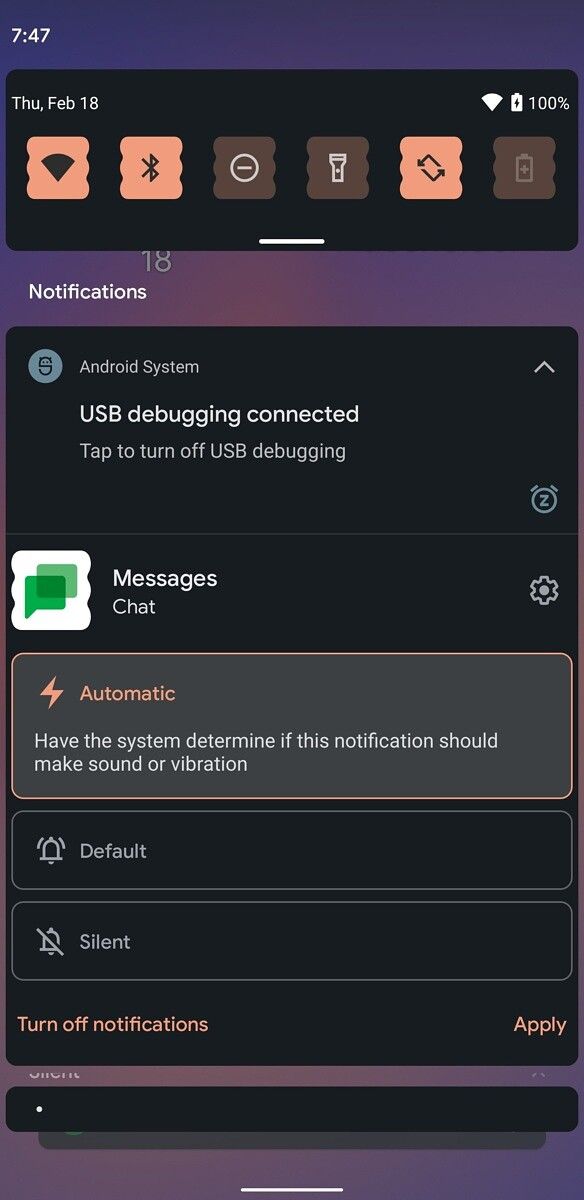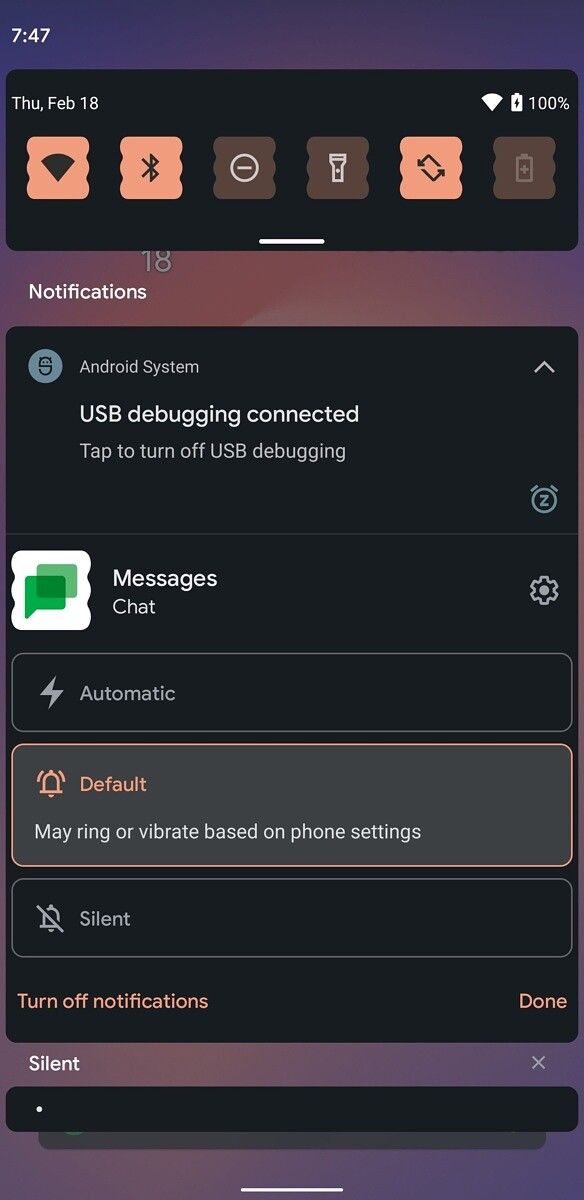Another day and another news coming from the house of NVIDIA. With the growing demands of GPUs, most of which are being gobbled up by cryptocurrency miners, the GPU maker has now announced a new product line that will only cater to mining Ethereum and other cryptocurrencies. The company is also restricting the capability of the upcoming RTX 3060 by reducing the hash rate, or the mining efficiency by about 50%.
“With the launch of GeForce RTX 3060 on Feb. 25, we’re taking an important step to help ensure GeForce GPUs end up in the hands of gamers,” said NVIDIA in a post. Essentially, the company has designed the software drivers for the RTX 3060 in such a way that it can detect if the card is being used for mining, thereby limiting the overall capability. This seems like a necessary step as gamers around the world are dealing with either limited stocks or extremely high prices quoted by retailers and scalpers online.
Hi Ryan. It’s not just a driver thing. There is a secure handshake between the driver, the RTX 3060 silicon, and the BIOS (firmware) that prevents removal of the hash rate limiter.
— Bryan Del Rizzo (@bdelrizzo) February 19, 2021
CMP or Cryptocurrency Mining Processor is the newest product that NVIDIA will offer to specifically address the needs of Ethereum mining. CMPs will be sold via authorized partners including Asus, Colorful, EVGA, Gigabyte, MSI, Palit, and more. These will be optimized to deliver the best mining performance with a completely different set of specifications. For instance, the CMP cards would not include display outputs, allowing them to be more densely packed and have a lower peak core voltage and frequency. Thus manufacturing these would not impact the availability of GeForce GPUs to gamers, though crypto miners might just gobble down stocks of both.
There are a variety of models in the series including the NVIDIA CMP 30HX processor which would come with 26MHps Ethereum hash rate, 125W rated power, an 8-pin power connector, and 6GB of RAM. The NVIDIA CMP 40HX processor will offer 36MHps Ethereum hash rate, 185W rated power, an 8-pin power connector, and 8GB of RAM. The NVIDIA CMP 50HX processor will come with 45MHps Ethereum hash rate, 250W rated power, 2×8-pin power connectors, and 10GB of RAM. And lastly, the NVIDIA CMP 90HX processor will come with 86MHps Ethereum hash rate, 320W rated power, 2×8-pin power connectors, and 10GB of RAM. The CMP 30HX and CMP 40HX will be available in the first quarter of 2021 while the CMP 50HX and NVIDIA CMP 90HX will be available sometime in the second quarter of this year.
NVIDIA is primarily taking this step as an attempt to salvage the GeForce RTX 3060 which is going to hit stores on 25th February. The company has been facing monumental demands for its current line of RTX 30-series cards including the RTX 3070, RTX 3080, and the RTX 3090. We’ve heard reports of scalpers deploying bots to automatically buy GPUs in bulk to sell them off at extremely high prices on eBay.
While the company suggests that the drivers of the RTX 3060 would downgrade the mining capability of the GPU, Bryan Del Rizzo, Global Director, Public Relations at NVIDIA has given some more information. According to Mr. Rizz, there will be a secure handshake between the driver, the RTX 3060 chip, and the BIOS (firmware) that would prevent the ability to remove the hash rate limiter. This means that it won’t be possible to use an older version of the driver to restore the originally intended hash rate. We are yet to get a confirmation from NVIDIA whether it would bring a similar update for the existing line of RTX cards to bring a balance in the supply and demand of GPUs around the world.
A few days ago, NVIDIA had announced its plans of releasing stock of its older GPUs– the GTX 1050 Ti and the mid-range RTX 2060 as another measure to control the growing demands of the GPU market. Certain retailers in Europe were recently spotted listing the upcoming GeForce RTX 3060 at more than double the original cost of $329. If you are looking for one of the new NVIDIA RTX 30-series graphics cards, keep an eye on our restocks guide.
The post NVIDIA brings new custom GPUs for cryptocurrency miners; RTX 3060 gets hash rate limited appeared first on xda-developers.
from xda-developers https://ift.tt/2OWCjMp
via IFTTT





